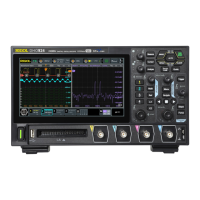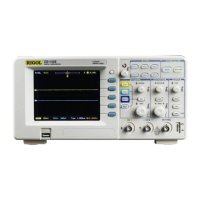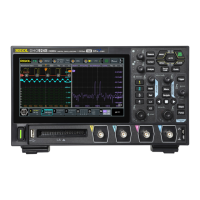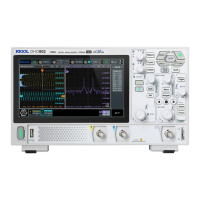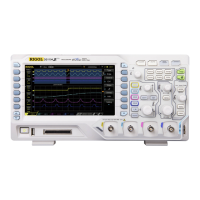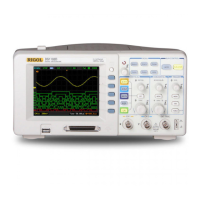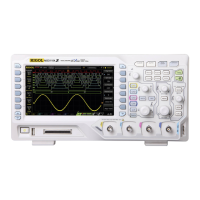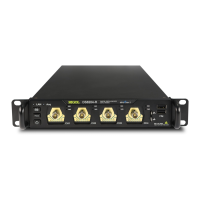5.4 To Specify Channel Coupling
You can remove unwanted signals by setting the coupling mode. For example, the
signal under test is a square waveform with DC offset.
Click or tap the channel status label at the bottom of the screen. Then the Vertical
menu is displayed. Click or tap the Coupling drop-down button to select the coupling
mode.
• When the coupling mode is "DC", the DC and AC components of the signal
under test can both pass the channel.
• When the coupling mode is "AC", the DC components of the signal under test
are blocked.
• When the coupling mode is "GND", the DC and AC components of the signal
under test are blocked.
After selecting the coupling mode, the currently selected coupling mode is displayed
in the channel status label at the bottom of the screen, as shown in the figure below.
TIP
When the input impedance is set to "50 Ω", the channel coupling is set to DC coupling by
force. The Coupling menu is grayed out and cannot be modified.
5.5 To Specify Bandwidth Limit
This oscilloscope supports the bandwidth limit function. Setting the bandwidth limit
can remove the noises in the displayed waveforms. For example, the signal under test
is a pulse with high frequency oscillation.
Vertical System
Copyright ©RIGOL TECHNOLOGIES CO., LTD. All rights reserved.
HDO1000 User Guide
43

